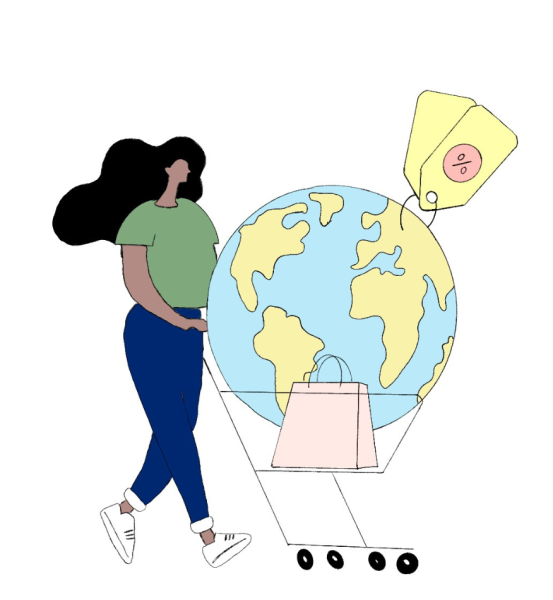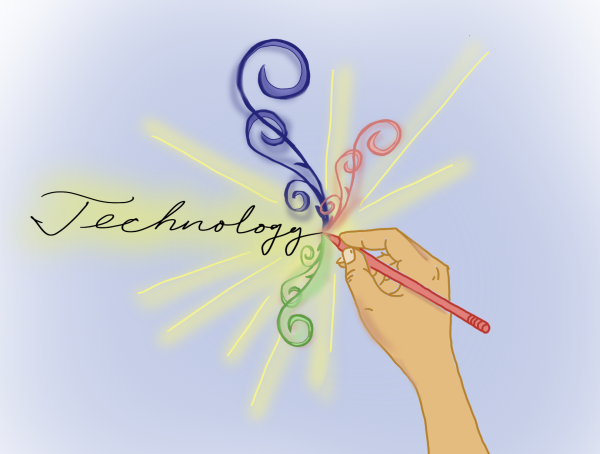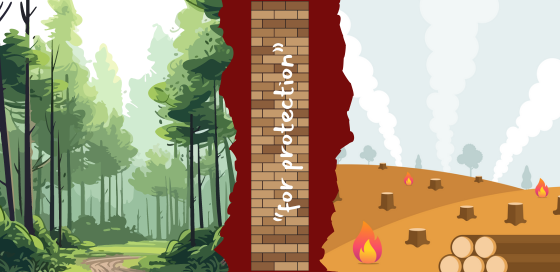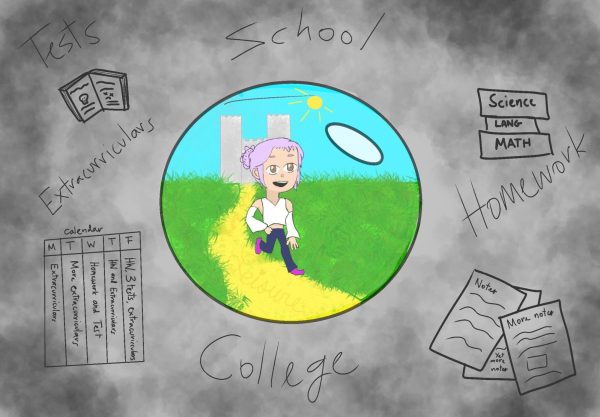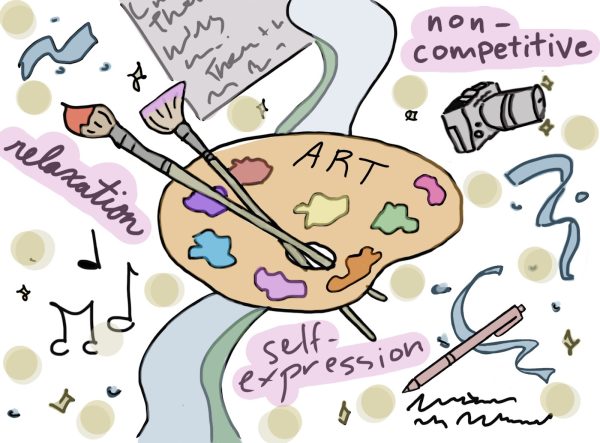Must we read this?
Why the English curriculum should change
When I was handed “Julius Caesar” my sophomore year, I groaned, dreading the sight of another Shakespeare book. I could not fathom why we had to read old English because people certainly do not use it today. There was no good reason for me to read it, be it the irrelevance or difficulty of the book.
What I did not take into consideration was the reason why a 400 year-old book is still being taught in high school — it’s timeless relevancy. When I found myself struggling with my own relationships, Brutus’ loyalty to Caesar and to his country gave me a sense of healthy speculation. I wondered if I was someone who would choose friendship over academic progress, friendship over my mental well being. Or was I like Brutus, who killed a close friend for the sake of a whole country?
Of course, not every book or short story we read will have an effect on our lives.
As times change, many of the messages books convey have become less resonant; take “Romeo and Juliet,” for example. On one hand, I adore that this is the first Shakespeare play I read and the story is one all people know. However, the Shakespeare play dragged on and had no real “universal truth” for students to understand. I do not even recall writing an essay or writing supplement for “Romeo and Juliet.”
Truth being, there are other reading options that districts, schools and teachers must take into consideration. Books are supposed to represent collective thoughts and ideas. Then why are we only learning about so few cultures and ideas? And why are we still reading the same things my parents read three decades ago?
Even worse, what happened to books written by women? According to the Center for the Learning and Teaching of Literature, of the ten most read books in public high schools, only one is written by a woman. At HHS, two of the 12 books that were required reading in my literature classes were written by women, a statistic no better than the previously mentioned study. Surely, the excuse of “there are not enough books written by women” cannot possibly be said. Have people forgotten about the Bronte sisters, Jane Austen and Louisa May Alcott?
The same study also revealed that there were no minority authors in the most read books in public high schools. HHS’ English curriculum does a fair job of creating a diverse required reading list, but there are cultures and countries that students will never learn about.
Of course I realize the absurdity of adding more to an already packed curriculum, knowing that there are only so many days in a year. This brings me to my next point: recommended reading lists. In elementary school, teachers encouraged, or even forced, us to read in our spare time. They provided lists of age-appropriate books and brought us on trips to the library.
Stepping into high school, I cannot remember the last time free reading was brought up in my English class. It does not mean it has never come up, it just means it doesn’t come up enough to stick. Teachers should be providing more materials for students who want a deeper understanding of the universal truth in a book or a better understanding of culture and time periods.
High school is a pathway to higher learning or career. It is supposed to prepare students for the world outside and allow them to develop educated reasonings for moral and ethical standards. Above all, school is supposed to open doors for students, give them a reason to want to learn more about society. Let’s continue giving students these opportunities by providing a more well-rounded English education.



